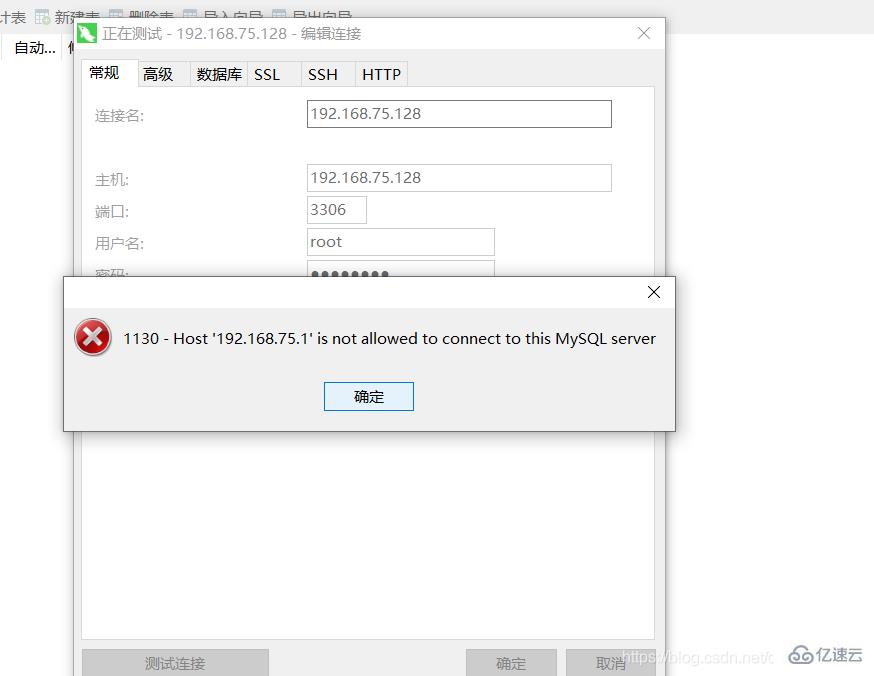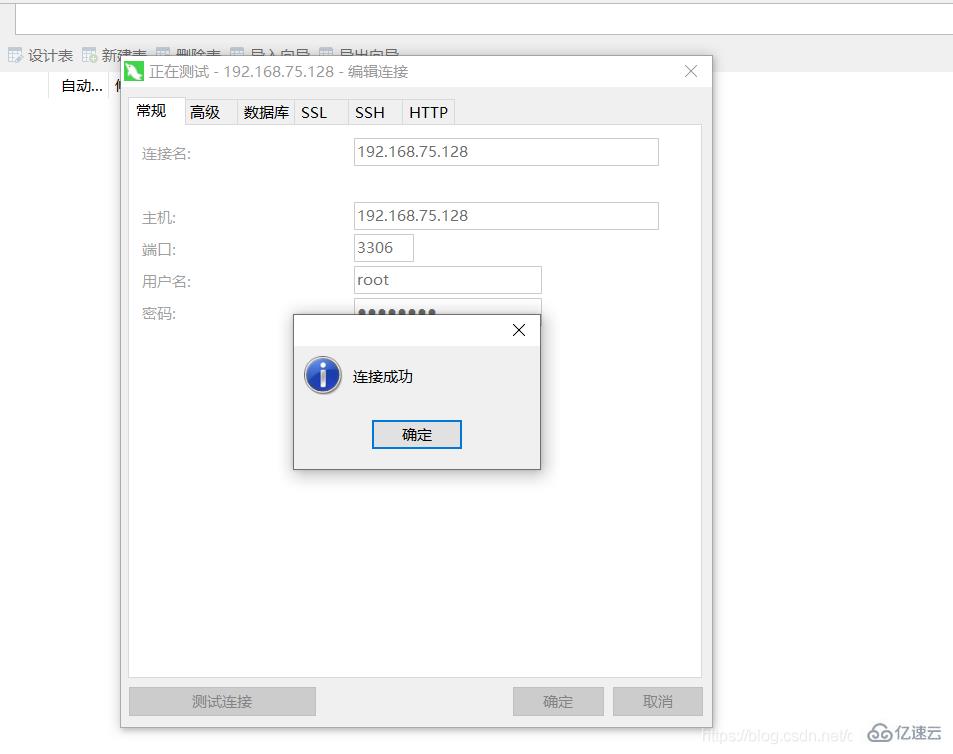
MySQL is the most popular relational database management system. In terms of WEB applications, MySQL is the best RDBMS (Relational Database Management System: relational database) Management system) one of the application software.

Download address: https://dev.mysql.com/downloads/mysql/5.7.html#downloads

tar -xvf mysql-5.7.26-linux-glibc2.12-x86_64.tar

##Move and rename again
mv mysql-5.7.26-linux-glibc2.12-x86_64 /usr/local/mysql

groupadd mysql useradd -r -g mysql mysql
Create the data directory and grant permissions
mkdir -p /data/mysql #创建目录 chown mysql:mysql -R /data/mysql #赋予权限

Configure my.cnf
vim /etc/my.cnf
The content is as follows
[mysqld] bind-address=0.0.0.0 port=3306 user=mysql basedir=/usr/local/mysql datadir=/data/mysql socket=/tmp/mysql.sock log-error=/data/mysql/mysql.err pid-file=/data/mysql/mysql.pid #character config character_set_server=utf8mb4 symbolic-links=0 explicit_defaults_for_timestamp=true

Enter the bin directory of mysql
cd /usr/local/mysql/bin/
Initialize
./mysqld --defaults-file=/etc/my.cnf --basedir=/usr/local/mysql/ --datadir=/data/mysql/ --user=mysql --initialize
View Password
cat /data/mysql/mysql.err

First place mysql.server in /etc/init.d/
cp /usr/local/mysql/support-files/mysql.server /etc/init.d/mysql
in mysql starts! ! !
service mysql start ps -ef|grep mysql

This means that mysql has been installed successfully! !
Change the password below
First log in to mysql, the previous one is randomly generated.
./mysql -u root -p #bin目录下

Perform the following three steps and then log in again.
SET PASSWORD = PASSWORD('123456'); ALTER USER 'root'@'localhost' PASSWORD EXPIRE NEVER; FLUSH PRIVILEGES;

If you use remote connection at this time... you will find that you cannot connect.

The following three commands are mainly executed here (log in to the database first)
use mysql #访问mysql库 update user set host = '%' where user = 'root'; #使root能再任何host访问 FLUSH PRIVILEGES; #刷新


The above is the detailed content of How to install mysql5.7 on Linux. For more information, please follow other related articles on the PHP Chinese website!




